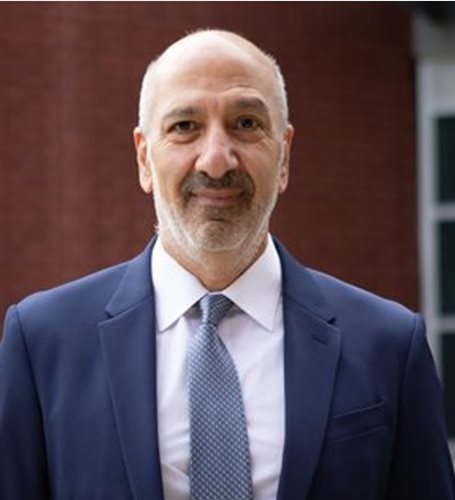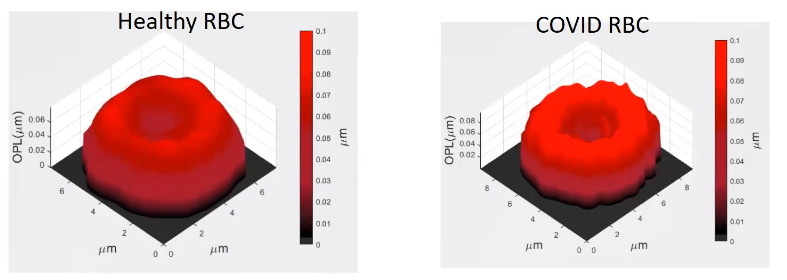Harnessing Digital Holography for Disease Diagnosis
Leah Poffenberger, Corporate Communications Manager
In the nearly 75 years since Hungarian-British engineer Dennis Gabor published his invention of holography, the field has exploded. Holography—and an electric version called digital holography—has made its mark on industries from entertainment to microscopy to security and defense. Board of Trustees Distinguished Professor at the University of Connecticut and Optica Fellow Bahram Javidi has long been on a scientific journey to harness the power of digital holography to do fast and accurate disease diagnosis anywhere in the world.

Bahram Javidi
As a keynote speaker at Optica’s 2022 Digital Holography and Three-Dimensional Imaging Topical Group meeting, Javidi described the development of inexpensive, portable devices that can reliably detect abnormalities in red blood cells through 3D and 4D imaging. In his talk “Advances in Automated Disease Identification with Digital Holography,” Javidi explained how digital holography could be deployed to diagnose diseases like sickle cell and COVID-19—and potentially save lives.
Along with Gabor, who won a Nobel Prize in 1971 for the creation of holography, Javidi acknowledged the work of Emmitt Leith, Joseph Goodman, R.W. Lawrence and Steven Sasson for contributing to the technologies that make digital holography possible. Goodman and Lawrence, who proposed digital holography techniques in 1967, and Sasson, who invented the digital camera at Kodak in 1975, led to today’s advances in 3D imaging. “These two events have led us to where we are today—digital holography is an excellent technology with very exciting applications,” said Javidi.
Javidi has been a pioneer in the field, contributing to the first use of digital holography for 3D object recognition, the first use of neural networks with digital holography, and the first to use digital holography for 3D recognition of microorganisms. Now, Javidi is using 4D sensing, which captures both spatial and temporal positioning for disease diagnosis through the assessment of red blood cells.
According to the World Health Organization, sickle cell disease, which impacts 15% of children under the age of five in sub-Saharan Africa, can be treated if it can be detected. Detection, though, can be an issue without proper medical facilities. Self-referencing digital holographic microscopes lend themselves well to being scaled down, while still providing stability and sensitivity. These microscopes can then be used to investigate the shape and deformability of red blood cells which are impacted by diseases like sickle cell.
Through a study with UConn’s medical school, Javidi has demonstrated the ability of digital holography to identify diseased red blood cells to diagnose patients. Using a 3D-printed digital holographic microscopy device and deep learning techniques for comparing spatial and temporal data collected from imaging healthy and sickle cell-infected blood cells, Javidi’s team achieved 100% correct patient classification. Javidi also applied similar techniques to detecting COVID-19, since red blood cells collected from people with COVID also displayed differences from healthy blood cells that could be tracked with digital holography techniques.

To further improve the accessibility of digital holography microscopy as a diagnostic tool, Javidi has also been working to create a lensless system, which would lower the cost while still providing a stable and high-resolution tool. The new system includes just the sample, a diffuser with a pseudo-random encoding function, and an image sensor plane for recording the interaction of light with the sample cells. Coupling this device with deep learning data analysis was able to classify red blood cells from cows and horses with 89.99% classification accuracy, indicating a high-quality lensless cell identification system.
To learn more about digital holography, read Javidi et al’s “Roadmap on Digital Holography,” published in Optics Express for the 50th anniversary of the holography Nobel Prize.
